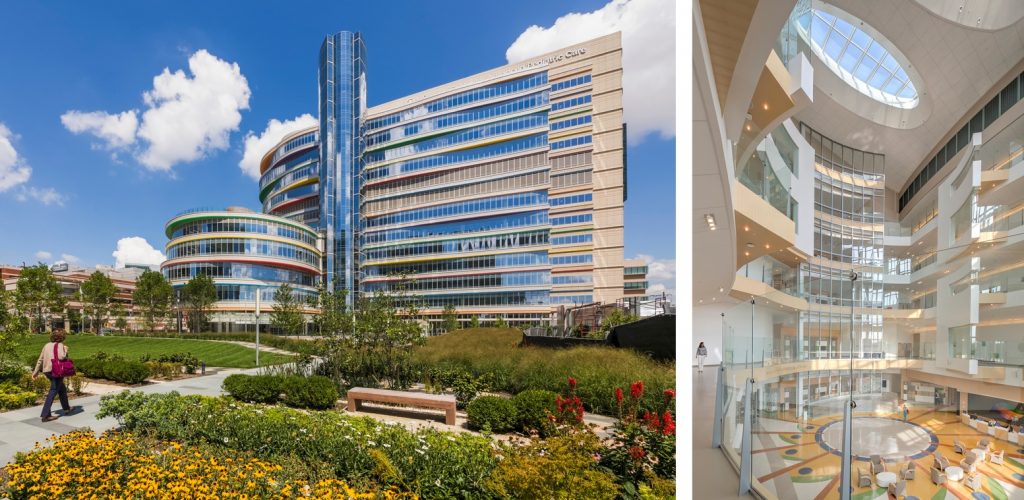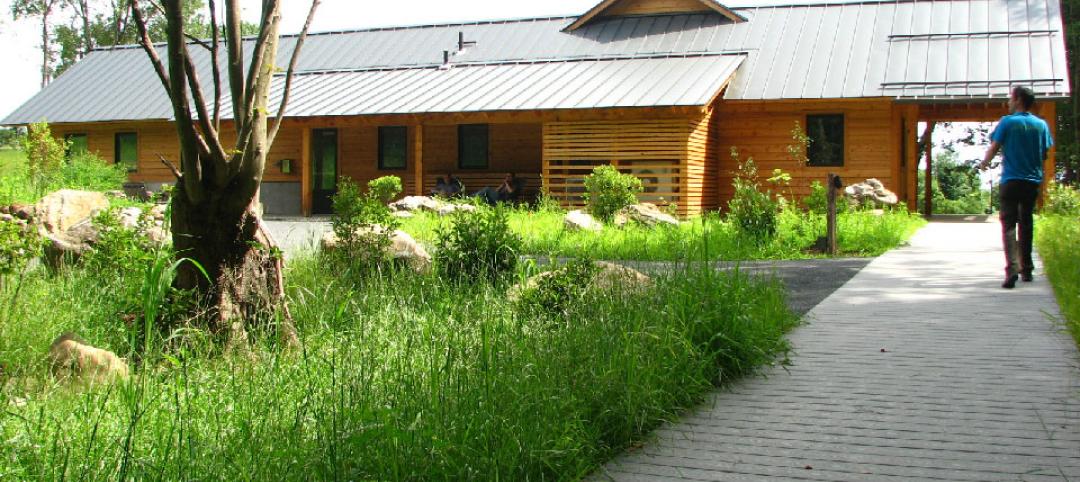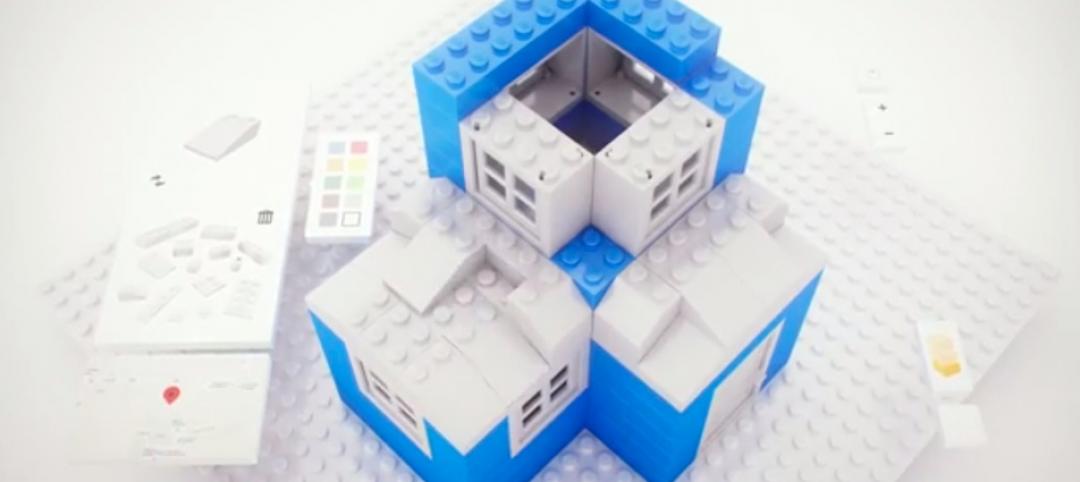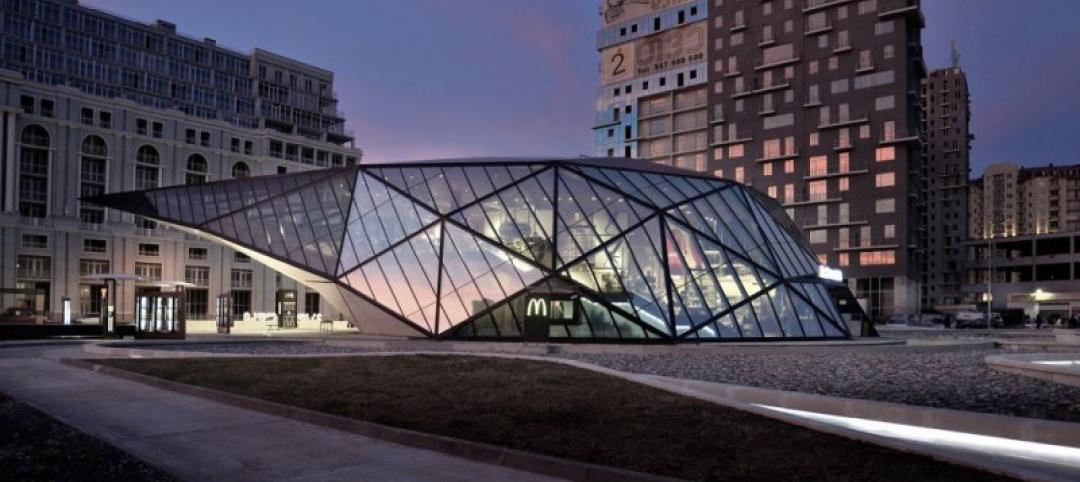In a deal announced this morning, Houston-based healthcare and S+T design specialist FKP has merged with design giant CannonDesign (#8 on BD+C’s Giants 300 Top 100 Architecture/Engineering Firms ranking). The merger forms a 19-office, 960-employee practice that produced more than $220 million in combined design revenue in 2016.
Led by CEO Diane R.K. Osan, FAIA, ACHA, FKP is an internationally recognized design firm with offices in Houston, Dallas, and Columbus. Known for its expertise in pediatric healthcare, the firm has designed children’s facilities throughout the U.S., including Nemours’ A.I. DuPont Hospital for Children in Wilmington, Del., the Children’s Hospital of Philadelphia’s Buerger Center for Advanced Pediatric Care in Philadelphia, and numerous projects for Texas Children’s Hospital.
“CannonDesign’s five-year strategic framework focuses on proactive strategies for strengthening our client partnerships through personal and firm growth by office expansions, new hires, and mergers,” said CannonDesign’s CEO Brad Lukanic, AIA, in a statement. “Today’s merger with FKP intentionally increases CannonDesign’s commitment to total health solutions with a focus on children’s health, while advancing our design impact, being a top-tier employer, and taking a stronghold in key geographic areas like Texas and Ohio.”
Reflecting on the shared benefits of the merger, Osan notes the opportunity to profoundly impact community health. “In order to effectively improve the conditions of our communities, we have to start by addressing the needs of children. Not just healthcare for children, but education, research, recreation, nutrition and that list goes on. All of these factors are critical in setting the path for a child’s future, and our firms’ combined expertise will allow us to address these factors and set children and communities up for success.”
Osan will assume the role as leader of CannonDesign’s Pediatric Health Practice. Looking beyond the traditional definition of healthcare, she will lead the practice in exploring ways to support the health and wellbeing of children across numerous environmental settings. She’ll also be joining the firm’s board of directors.
“Both of our firms have solid foundations,” added Lukanic. “Now we can expand in key areas to further serve our clients and create partnerships to evolve our design practice.”
Going forward, FKP will conduct business as FKP | CannonDesign.
Related Stories
| Feb 5, 2014
BIA Opens Entries for 25th Annual Brick in Architecture Awards
Entries open on February 10 for the Brick Industry Association's (BIA) Brick in Architecture Awards. Celebrating its silver anniversary, BIA's annual honors spotlight outstanding, innovative and sustainable architecture that incorporates clay brick products as the predominant exterior building or paving material.
| Feb 5, 2014
Multifamily Housing, Green Building, Market Trends, Innovation to be Prime Topics at MBI’s World of Modular
More than 600 developers, contractors, architects, builders, dealers and equipment/service suppliers are expected at the event, slated for March 21-24 in San Antonio, Texas, and hosted by the Modular Building Institute.
| Feb 5, 2014
7 towers that define the 'skinny skyscraper' boom [slideshow]
Recent advancements in structural design, combined with the loosening of density and zoning requirements, has opened the door for the so-called "superslim skyscraper."
| Feb 4, 2014
World's fifth 'living building' certified at Smith College [slideshow]
The Bechtel Environmental Classroom utilizes solar power, composting toilets, and an energy recovery system, among other sustainable strategies, to meet the rigorous performance requirements of the Living Building Challenge.
| Feb 4, 2014
Must see: Student housing complex made with recycled shipping containers
Architect Christian Salvati's new structure is just the first step in bringing shipping container construction to New Haven, Conn.
| Feb 3, 2014
Gehry wins bid to design Berlin's tallest tower [slideshow]
The architect's "rotating cubes" scheme for the 300-unit residential tower beat out design submissions by eight other prominent firms, including Adjaye Associates and David Chipperfield Architects.
| Jan 31, 2014
Trump Hotel Collections announces luxury hotel for Rio de Janeiro
The 13-story, 171-guestroom Trump Rio will be Trump Hotel Collection’s first property in South America and the only luxury hotel in the neighborhood when it opens in 2016.
| Jan 31, 2014
LEGO, Google partner to develop 3D modeling tool for LEGO structures
The free tool, called Build, allows Chrome users to create virtual 3D structures using any shape and color in the LEGO catalog.
| Jan 31, 2014
Ultra-modern McDonald's restaurant voted one of world's best new buildings
This McDonald's, which is combined with a fuel station and recreation areas, was awarded the Best Commercial Building of the Year by architecture website ArchDaily.
| Jan 31, 2014
6 considerations for rehabbing student union buildings
Most colleges and universities feel pressure to offer the latest amenities in order to attract and retain the best and brightest students. While hauling in the bulldozer to create modern facilities is attractive in some regards, deciding to renovate can be just as effective and, in some cases, even preferable to new construction.














